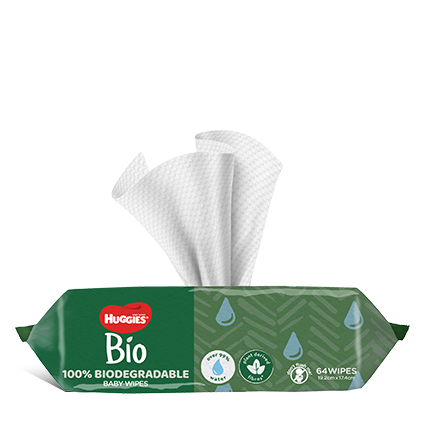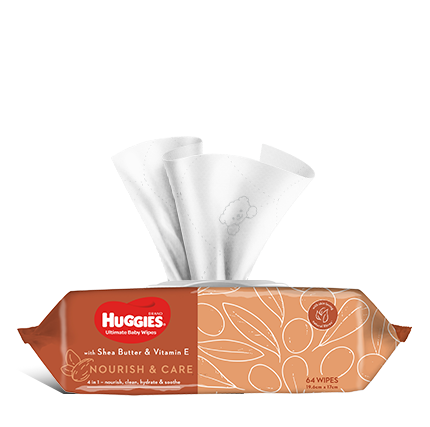The moo on cows milk protein allergy
Cows milk protein allergy is an immune response by the body to the protein in the milk (also in goats milk) whereas a dairy intolerance is a reaction to the sugar in milk (lactose). Parents and carers of children on dairy-free diets will need to be extra vigilant and replace dairy products with other foods. They also need to look out for hidden sources of milk such as in deli meats, products with casein (a milk protein) such as in some brands of canned tuna, and pre-prepared foods, for example some chefs may use butter in food preparation.
Where can I source dairy-free calcium foods?
A brief list of calcium-containing foods includes tempeh, dried pineapple, calcium-fortified drinks such as soy, rice, almond etc. (don t offer as drinks until 12 months, rather use in foods, e.g. with cereal), ground sunflower seeds (check for any allergy), dried apricots, miso, canned fish with bones (mashed up), oatmeal, kidney beans (maybe in a month or so), broccoli.
What about baking?
Luckily there are options: you can swap milk for the same of water or pure fruit juice. e.g. grape or berry (or a mix of the two).
Here's a great tip! The Jewish community has their own unique labelling system to determine if food is kosher. When looking at the label the letter D or the word dairy next to K or U (commonly placed near the product name) indicates the product contains milk protein.
Where to go for more information:
Some facts on lactose intolerance
Remember, now we are talking about intolerance not allergy. Depending on the severity of the intolerance, many people can eat some dairy. In fact, it is generally not recommended to completely remove lactose from the diet (unless medically recommended). Removing all lactose can in some cases make things worse. The enzyme that breaks down lactose, called lactase, is produced in response to presence of lactose. In other words, to up-regulate lactase function a small amount of lactose is often ideal; without it lactase production may be compromised. Some health care professionals refer to this is a dose dependent situation; that is, if you can find the right dose of lactose in the diet, lactase is produced and digests the lactose and no symptoms are experienced. The trick is finding the ideal dose.
Yoghurt is naturally low in lactose as the bacteria partially digests the milk sugar. Also, as you can see from Figure 1, some cheeses are low in lactose which is one reason why cheese can be introduced to baby's diet before regular milk. Many children from three years of age are able to consume small amounts of foods they have reacted to as infants. Again, seek professional advice about challenging with reactive foods.
| Figure 1 Lactose and calcium content of selected dairy foods | |||
| FOOD | SERVE | LACTOSE (gms) | CALCIUM (mg) |
| MILK - regular | 1 cup/250 ml | 12 | 285 |
| MILK - reduced fat | 1 cup/250 ml | 13 | 340 |
| YOGHURT - regular | 200 gm | 9 | 340 |
| YOGHURT - low fat | 200 gm | 12 | 420 |
| CHEESE - cheddar | 30 gm | 0.02 | 260 |
| CHEESE - creamed cottage | 30 gm | 0.1 | 22 |
| BUTTER | 1 tsp | 0.03 | 1 |
| ICE CREAM | 2 scoops /50 gm | 3 | 55 |
| Source: http://www.gastro.net.au/diets/lactose.html | |||
For more details see www.gastro.net.au
This information has been provided by Leanne Cooper Director of Cadence Health and Food Coaching Courses, Leanne is a registered nutritionist and mother of two very active boys.
This fact sheet may be reproduced in whole or in part for education and non-profit purposes with acknowledgement of the source. It may not be reproduced for commercial use or sale.
The information presented is not intended to replace medical advice.
References
Allen, Campbell and Kemp. Food allergy: Is strict avoidance the only answer? Pediatr Allergy Immunol 2008.
Koplin et al., The Impact of Family History of Allergy on Risk of Food Allergy: A Population-Based Study of Infants, Int. J. Environ. Res. Public Health 2013, 10, 5364-5377.
Lack, Gideon. “Update on risk factors for food allergy.” Journal of Allergy and Clinical Immunology 129.5 (2012): 1187-1197.
Internet references Sourced 27 June 2014
http://www.foodauthority.nsw.gov.au/consumers/problems-with-food/allergy-and-intolerance/#.U6zhuCiBM1c
http://www.allergy.org.au/health-professionals/papers/ascia-infant-feeding-advice
http://www.allergy.org.au/patients/food-other-adverse-reactions/food-intolerance
Sourced 2/7/2014
http://www.coeliac.co.nz/
http://www.allergyclinic.co.nz/guides/8.html
http://www.coeliacsociety.com.au/dis-what.html
American Academy of Allergy, Asthma & Immunology
http://www.aaaai.org/conditions-and-treatments/library/at-a-glance/food-allergy.aspx
Updated July 2014.
Last Published* May, 2024
*Please note that the published date may not be the same as the date that the content was created and that information above may have changed since.




















